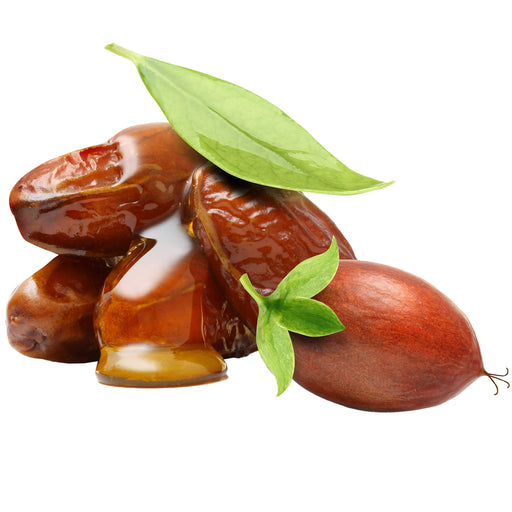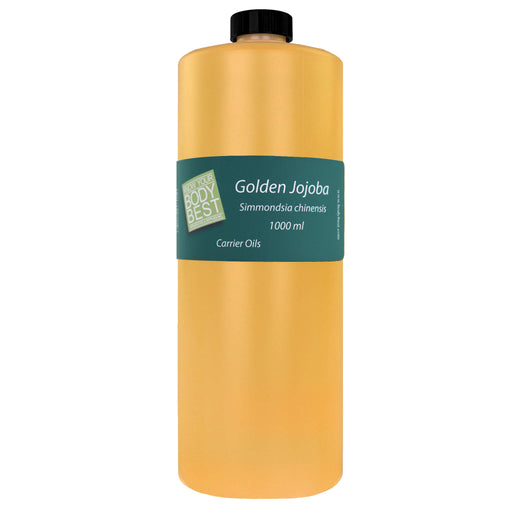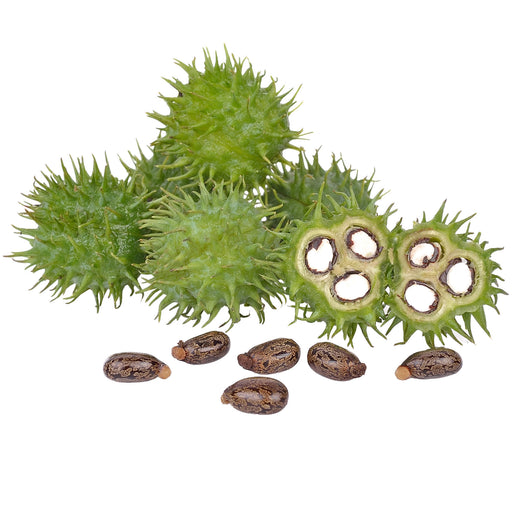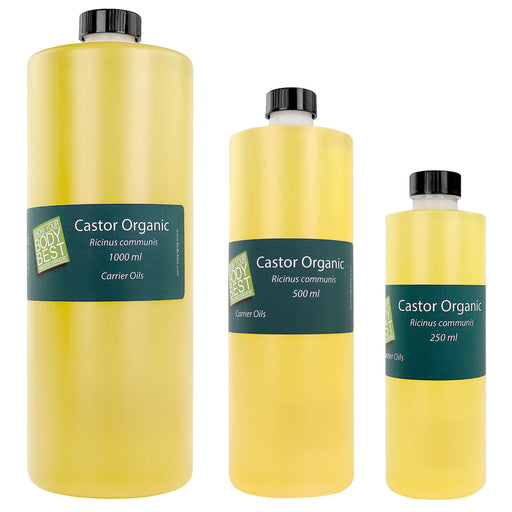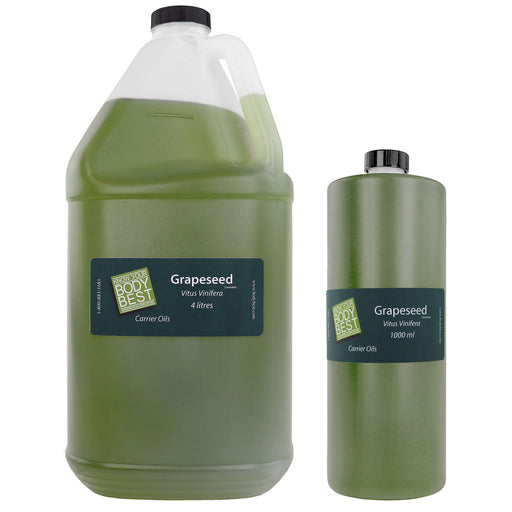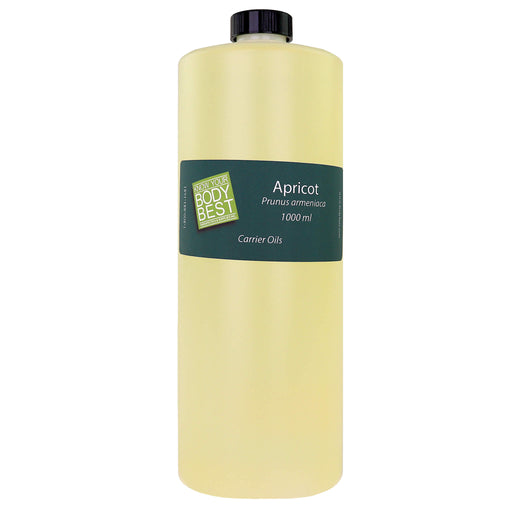over $250.00

The Bewitching Benefits of Witch Hazel
There are thousands of skincare ingredients on the market and even more opinions about skin care. Over the last few years, witch hazel has been an ongoing topic of discussion.
Skin is the largest organ in the body. It also happens to be one of the most complicated. It is no surprise that skin maintenance is just as complex as the skin itself.
What exactly is witch hazel, though, and what kind of benefits can it bring to your skin? Is it safe to use, and what are the facts?
What Is Witch Hazel?
American witch-hazel (Hamamelis virginiana), is a flowering shrub with strap-like flowers and irregular branching that is native to the eastern half of North America. Early puritan settlers learned of its purported medicinal properties as it was used in Indigenous Native American healing traditions.
Since then, witch hazel (sometimes written witch-hazel) has been used in skincare products and naturopathic remedies.
It has nothing to do with witches. The "witch" in its name comes from the Middle English wiche, and from the Old English wice meaning pliant or easy to bend. This refers to the nature of its branches and twigs, not to practitioners of magic.
What Are the Common Uses of Witch Hazel?
The medicinal benefits of the plant come from its leaves, barks, and twigs. These plant parts are processed using steam distillation to create a clear solution known as Hamamelis water or witch hazel water.
Witch hazel extract is most commonly used topically for skin itchiness or swelling. It can be applied directly to the skin for relief of insect bites, acne, minor burns, and bruises. It is available as a solution mixed 1:3 with distilled water, and is available over the counter for treating minor skin afflictions.
In the cosmetic industry, witch hazel extract has found its way into many skincare products. It is most commonly used as an ingredient in astringents, toners, and skin tighteners. An astringent is a compound that constricts and shrinks body tissue and helps to reduce oil production.

The Possible Benefits of Witch Hazel?
The tannins found in witch hazel are plant-based compounds that have astringent and antioxidant properties. The leaves, in particular, are thought to subside symptoms of inflammation. Witch hazel also produces gallic acid, which boasts anti-fungal, anti-viral, and antioxidant properties.
May Help Reduce the Signs of Inflammatory Skin Conditions
Witch hazel may help to ease symptoms associated with skin conditions such as dermatitis, psoriasis, or eczema. Its anti-inflammatory properties can provide a skin-soothing effect for itching, pain, redness, or scarring. While its hydrating effects help to improve the skin barrier.
The drug-free nature of witch hazel makes it a home remedy choice for many who value a more natural product. However, its benefits can be maximized when paired with other ingredients such as aloe vera gel, or tea tree oil.
It May Help Treat and Prevent Acne Breakouts
As an astringent, witch hazel works to dry out acne blemishes while still hydrating the skin with its barrier-stabilizing effects. This is what makes it a popular targeted treatment and naturopathic remedy for acne.
Witch hazel’s anti-inflammatory and anti-bacterial properties are though to ease existing acne blemishes by contracting the skin cells and constricting blood flow. These same properties may also remove excess oils while temporarily shrinking the size of skin pores and protecting the skin from pathogens that cause acne.
However, it should be noted that moisturizing is still an important step after using products like witch hazel. In anti-acne skincare routines, it can be tempting to dry out the skin, but over-stripping and dryness can lead to increased oil and sebum production which will lead to more acne.
Additionally...
Thanks to its anti-inflammatory and anti-septic properties, witch hazel can also be used as a naturopathic topical remedy for:
- Sunburn
- Insect bites
- Bruises
- Haemorrhoids
- Diaper rash
Safety Tips and Best Practices on How to Use Witch Hazel
While studies do say that witch hazel is safe, it’s best to get yourself tested for allergies first. For instance, some people with very sensitive skin may develop minor skin irritation.
Also, note that some commercial witch hazel preparations may contain alcohol. Alcohol, in turn, can cause the skin to dry out.
As always, when introducing a new skincare product to your routine it is best to patch test first. Apply a tiny amount of witch hazel on a small patch of your skin and wait 24 hours. If no redness, itchiness, or swelling occurs, then you can gradually apply more.
The Bottom Line?
There are many benefits of witch hazel, but as with any skincare ingredient, it must be used mindfully.
This topical remedy is a must-have product for those who enjoy natural products in their skincare arsenal. However, on an empirical level, there is limited clinical evidence to support witch hazel's therapeutic efficacy. The concentration of tannins and polyphenols in witch hazel extract is very low.
Hopefully new studies will reveal what we have always suspected, that this natural skin treatment really works.
Featured collection
-
Original price $14.99 - Original price $59.99Original price$14.99 - $59.99$14.99 - $59.99Current price $14.99
Golden Jojoba Oil
BodyBestUses and Benefits of Golden Jojoba Oil Golden Jojoba Oil is one of the best massage oils as it can be used for both scalp and body. It is deeply mo...
View full detailsOriginal price $14.99 - Original price $59.99Original price$14.99 - $59.99$14.99 - $59.99Current price $14.99 -
Original price $11.99 - Original price $29.99Original price$11.99 - $29.99$11.99 - $29.99Current price $11.99
Castor Oil
BodyBestUses and Benefits of Castor Oil Castor oil is a healing oil that helps soothe muscle aches. Rich in antioxidants, the oil prevents wrinkles, reliev...
View full detailsOriginal price $11.99 - Original price $29.99Original price$11.99 - $29.99$11.99 - $29.99Current price $11.99 -
Original price $24.99 - Original price $79.99Original price$24.99 - $79.99$24.99 - $79.99Current price $24.99
Grapeseed Oil
BodyBestUses and Benefits of Grape seed Oil Grape seed oil has anti-inflammatory and antimicrobial properties. In addition, the oil is rich in omega chain ...
View full detailsOriginal price $24.99 - Original price $79.99Original price$24.99 - $79.99$24.99 - $79.99Current price $24.99 -
Original price $29.99 - Original price $29.99Original price$29.99$29.99 - $29.99Current price $29.99
Apricot Oil Cold Pressed 1L
BodyBestUses and Benefits of Cold Pressed Apricot Oil Apricot Oil Cold Pressed by BodyBest is ideal for body and head massages. Also known as Apricot Kerne...
View full detailsOriginal price $29.99 - Original price $29.99Original price$29.99$29.99 - $29.99Current price $29.99 -
Original price $23.99 - Original price $94.99Original price$23.99 - $94.99$23.99 - $94.99Current price $23.99
Coconut Oil Cold Pressed Unfractionated
BodyBestBenefits of Body Best Cold Pressed Unfractionated Coconut Oil Body Best Cold Pressed Virgin Coconut Oil has wonderful healing properties for your b...
View full detailsOriginal price $23.99 - Original price $94.99Original price$23.99 - $94.99$23.99 - $94.99Current price $23.99

